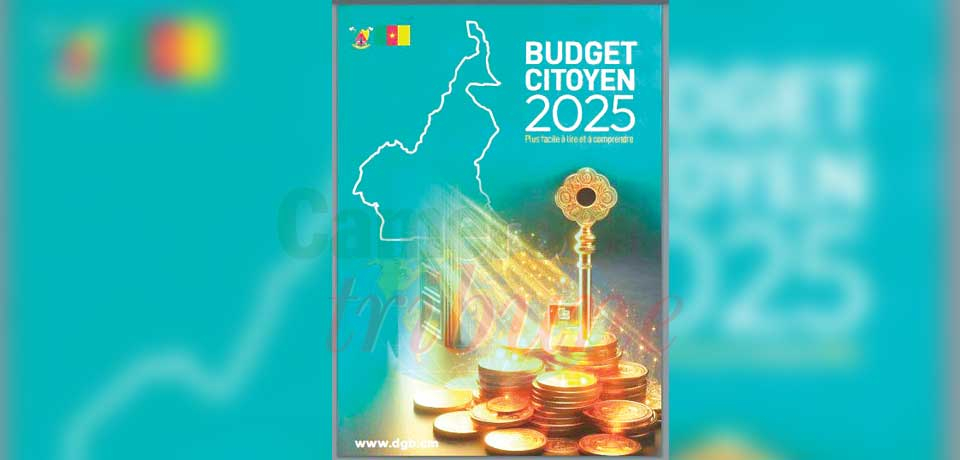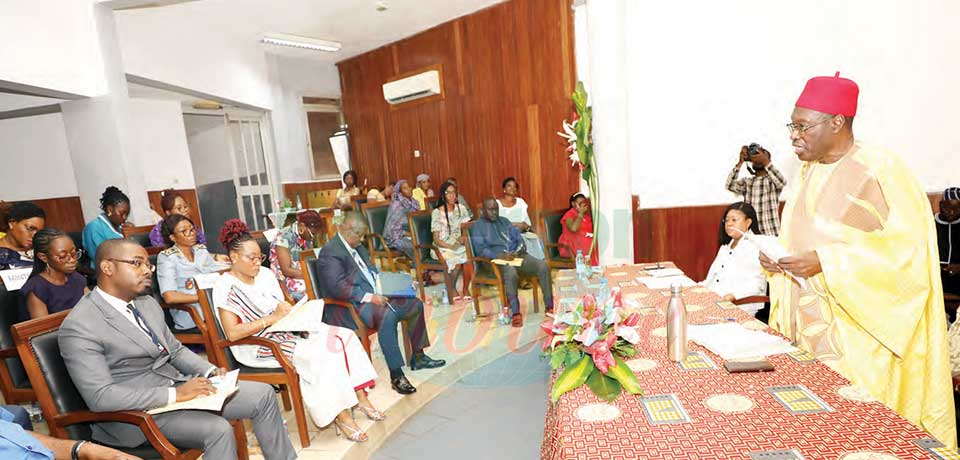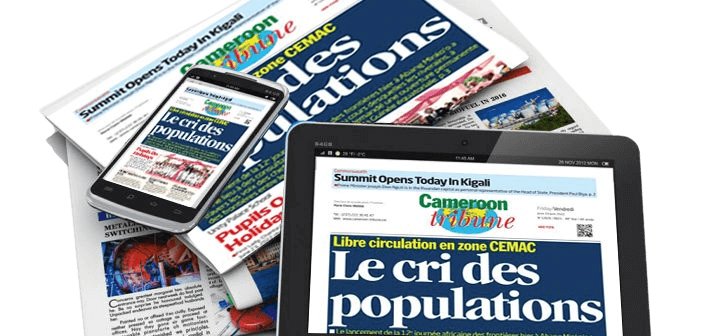Interview: “Hardest-Hit Countries Should Act With More Urgency”
Celine Allard, Division Chief, African Department, International Monetary Fund, talks on the challenges of economic growth in Sub-Saharan Africa.
The 2016 Regional Economic Outlook on Sub-Saharan Africa hints that growth looks set to slow to its lowest level in more than 20 years. This comes at a time commodity and oil prices as well as insecurity shocks are gradually being surmounted by countries of the region. What do you make of this?
After close to two decades of robust expansion in Sub-Saharan Africa, growth is indeed slowing down significantly. Our projections for the region are currently around 1½ per cent this year, lower than last year’s 3½ per cent and far below the 5 per cent plus experienced by the region during 2010-2014. GDP per capita will also contract for the first time in 22 years.
We should guard against swinging to excessive pessimism about the region’s prospects. The full picture is one of multi-speed growth, in which the overall growth forecast masks considerable diversity across countries.
Indeed, many countries continue to enjoy robust growth: about half of sub-Saharan African countries will still grow at more than 4 per cent this year, including Cameroon. What is particularly notable is that most non-commodity exporters continue to benefit from lower oil imports, improved business climates, and strong infrastructure investments. Countries such as Cote d’Ivoire, Ethiopia, Senegal, and Tanzania are expected to grow at 6 per cent or more in the next couple of years.
How did we get to this situation?
Two broad factors help explain this development. First, the external environment facing many of the region’s countries continues to remain unsupportive. It is true that oil prices and more broadly, commodity prices, have risen slightly recently, but they remain near multi-year lows. Financing conditions have also tightened markedly. The second element is that the policy response in many countries most affected by these shocks has been much delayed and incomplete. This delayed response has raised uncertainty, deterred private investment, and stifled new sources of growth.
This is particularly the case for many oil exporters whose near-term prospects have worsened significantly in recent months; notably Angola, Nigeria, and many countries in the Central African Economic and Monetary Union (CEMAC). Policy adjustments are seemingly not working as recommended by the IMF even when security threats that strain economic activity and public finances of Cameroon, Chad, Niger, and Nigeria, are getting better.
Is it a problem of wise spending?
In many countries most affected by the commodity price slump - including those whose difficult security situation has compounded those difficulties - the policy response has started, but it has been much delayed and is incomplete. It is essential to restore confidence. This means providing the right environment for private businesses to feel reassured in making new investments, and hence set the stage for a strong growth rebound. It is particularly important that the hardest-hit countries, especially oil exporters, act promptly - with much more urgency than they have done so far. In these countries, growth rebound will require sustained adjustment efforts based on comprehensive policies that reinforce each other to reestablish macroeconomic stability.
This calls for three broad measures. First, fully allowing the exchange rate to absorb external pressures in countries outside monetary unions; secondly, strong and orderly adjustment to contain fiscal deficits, combined with reallocation to the most efficient projects where needed. And third, tighter monetary policy stance focused on containing inflation. For countries within monetary unions, the fiscal adjustment requirements to deal with the shock are likely to be greater because exchange rate movements cannot play a role in absorbing the shocks. In addition, Central Bank financing of excessive fiscal deficits needs to be sharply curtailed. This phenomenon has pushed countries to seek funding from the financial market to meet development commitments.
Should there be any fear of increasing public debt?
We have seen increased reliance on Eurobond for Sub-Saharan African frontier market economies since 2010.This has generally been a positive development for the region. It has shown that the region was attractive to investors, and allowed funding sources to be diversified. In most cases, such financing was used to fund developmental needs, especially in much-needed infrastructure.
However, the opportunity to issue Eurobonds also comes with risks, particularly exposure to changes in market sentiments. This is evident in the recent heightened global financial volatility where investors have generally demanded higher yields from developing countries and are increasingly paying attention to worsening economic fundamentals in specific countries. This also has bearing on public debt. In this respect, we have seen over the last few years a general increase in public debt in the region. And this has happened not only among countries facing difficult situations, but also among those whose growth has remained fairly robust.
In this context, what is the IMF’s advice?
In an environment of tighter and more volatile financial markets, there is need to strike a better balance between increased investment spending and debt sustainability. Reforms aimed at increasing revenue mobilization in individual countries would be particularly helpful. This would help contain fiscal deficits while sustaining increased investment. Better scrutiny to prioritize investment projects with the highest economic and social returns would also allow governments to get the best of scarce resources.
What of Cameroon with 27.3 per cent public debt - though below the 70 per cent regional threshold?
Cameroon has its specific story. It embarked on an ambitious public infrastructure programme since 2010 during which investment spending increased by more than 50 per cent. Financing of infrastructure expansion came mostly from China, which has become Cameroon’s largest creditor. The country also issued its first Eurobonds last year. As a result, the stock of external debt more than tripled from end-2011 to end-2015, when it reached 22.2 per cent of GDP. While this level of debt remains sus...
Cet article complet est réservé aux abonnés
Déjà abonné ? Identifiez-vous >
Accédez en illimité à Cameroon Tribune Digital à partir de 26250 FCFA
Je M'abonne1 minute suffit pour vous abonner à Cameroon Tribune Digital !
- Votre numéro spécial cameroon-tribune en version numérique
- Des encarts
- Des appels d'offres exclusives
- D'avant-première (accès 24h avant la publication)
- Des éditions consultables sur tous supports (smartphone, tablettes, PC)














Commentaires